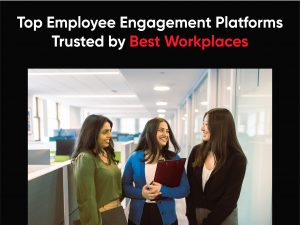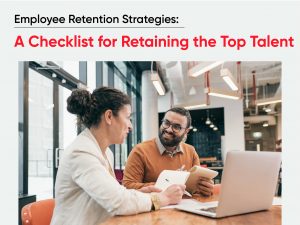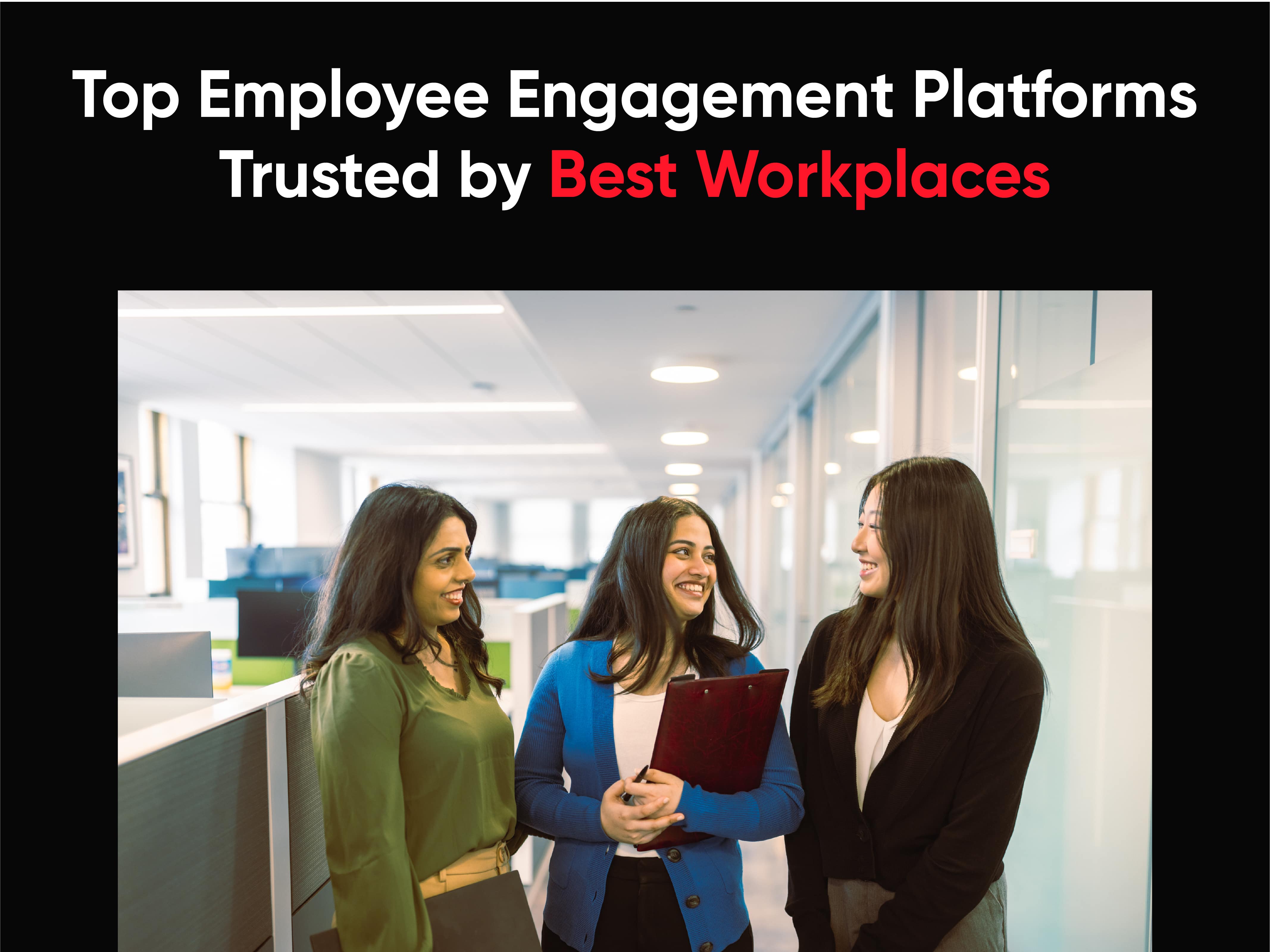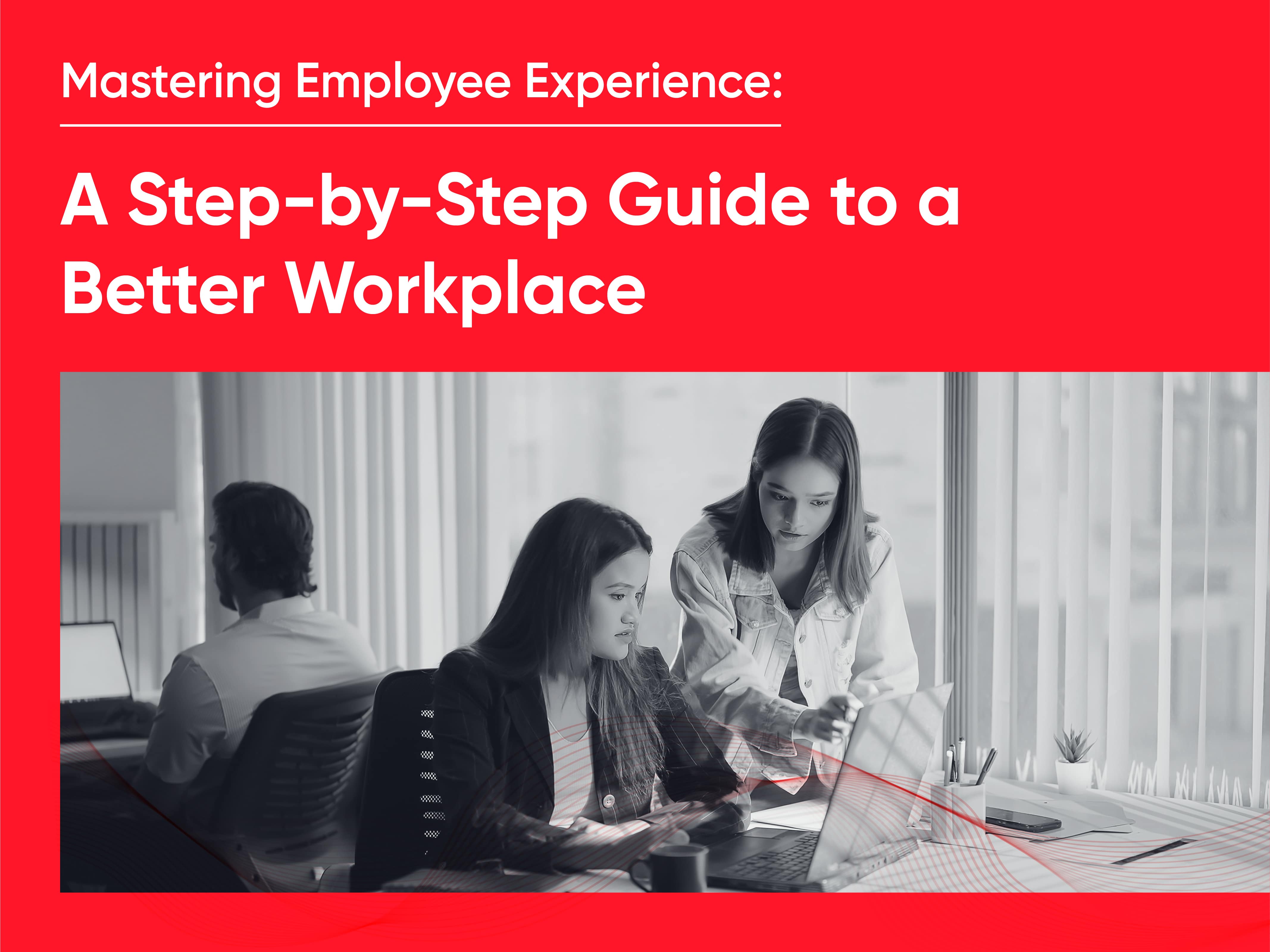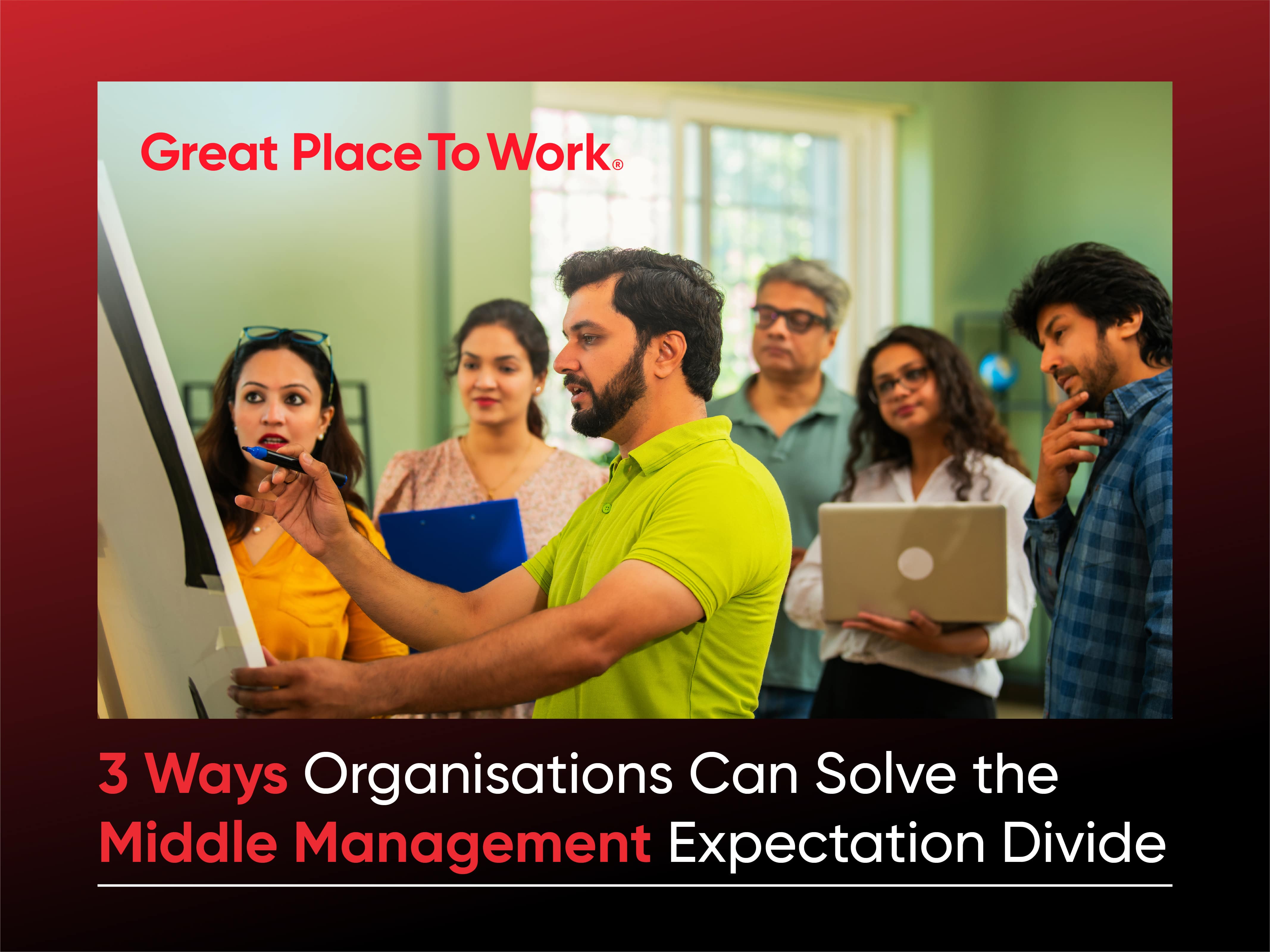Reading Time: 5 minutes
In today’s competitive landscape, companies are always striving for an edge. While factors like innovation and efficiency are crucial, a surprising secret weapon is often overlooked: hospitality. Yes, creating a welcoming environment for new team members isn’t just about courtesy – it’s a strategic move with a significant impact on your bottom line.
Why Warm Receptions Matter

Traditionally, hospitality might not be seen as a core business function. However, our research shows that making new hires feel at home is essential, especially during economic downturns. When faced with uncertainty, strong and effective teams become the backbone of a company’s resilience.
Here’s why a welcoming onboarding process is so important:
- Psychological Safety: A warm reception fosters a sense of psychological safety within the team. This allows members to take risks, share ideas freely, and learn from each other without fear of judgment.
- Team Effectiveness: When new team members feel welcome, they’re more likely to be engaged and contribute their best efforts. On the flip side, a cold greeting can lead to indifference or even disengagement.
- Financial Performance: Studies reveal a clear connection between welcoming teams and a company’s financial performance. This link highlights the importance of team effectiveness and psychological safety in driving business success.
The High Cost of Disengagement
The data is clear: when workplaces fail to prioritize elements that differentiate themselves, like fairness, work-life balance, and employee involvement in decision-making, staff become susceptible to disengagement. This disengagement has a ripple effect, impacting retention, productivity, and innovation.

To counter disengagement and create a thriving work environment, companies can adopt a holistic approach called “Workplace Ikigai”. This concept goes beyond just offering competitive salaries and benefits. It focuses on aligning individual passions, skills, and values with the organization’s needs. By creating a sense of purpose and fulfillment for each employee, Workplace Ikigai fosters a more engaged and productive workforce.
The Mid-Size Workplace Landscape

While employee experience scores remained steady in 2023 for mid-size workplaces compared to 2022, there have been some key shifts. Respect from management has risen, highlighting the importance of strong leadership. Additionally, effective communication remains a top demand for employees. Interestingly, even with a sustained overall experience score of 84%, “Best Workplaces” still leads the pack at 89%. This gap highlights the potential for mid-size companies to improve employee experience through targeted efforts.
Building a Welcoming Onboarding Process
So, how can you create a welcoming onboarding experience that fosters team spirit and boosts morale? Here are some key points to consider:
- Recognize the Impact: Acknowledge the new member’s contribution to the team right from the start. A simple welcome message, a personalized gift basket, or highlighting their skills during introductions can go a long way. This helps them feel valued and motivated.
- Virtual Onboarding: With the increasing trend of remote work, adapt your onboarding process for the virtual world. Utilize video conferencing platforms to create a sense of connection and allow for face-to-face interaction. Utilize online collaboration tools to share documents, assign tasks, and facilitate communication. Explore virtual team-building activities to break the ice and encourage interaction among new and existing team members.
- Perks Beyond Tenure: Don’t tie all perks and benefits to an employee’s tenure. While seniority should be acknowledged, offering opportunities for growth and recognition early on demonstrates a commitment to their development. This could include access to mentorship programs, participation in cross-functional projects, or the chance to take on leadership roles in smaller initiatives.
- Embrace New Ideas: Actively seek new team members’ ideas and involve them in decision-making. This demonstrates trust and encourages them to contribute their unique perspectives. Create opportunities for them to brainstorm solutions, share their expertise, and feel like their voice matters.
- Diversity, Inclusion, and Equity: Be mindful of creating a welcoming environment that promotes diversity, inclusion, and equity (DE&I). This means nurturing an atmosphere where everyone feels comfortable sharing their ideas, regardless of background or experience. Utilize DE&I training for existing team members to ensure they understand the importance of creating a welcoming space for all.
The Power of Welcoming Teams
By prioritizing a welcoming onboarding process, companies invest in their most valuable asset – their people. This investment pays off in multiple ways. New team members who feel valued and supported are more likely to be engaged, productive, and stay with the company for the long run. Reduced turnover translates to cost savings in recruitment and training. Happy and engaged employees fosters a positive company culture, which in turn, attracts top talent. This virtuous cycle fuels innovation, productivity, and ultimately, a company’s success.
Building a Culture of Welcome
Creating a welcoming environment isn’t a one-time event during onboarding. It’s an ongoing process that requires continuous effort. Here are some additional tips to foster a culture of welcome within your organization:
- Team Lunches and Outings: Organize regular team lunches or outings to encourage informal interaction and relationship building. This allows new members to connect with colleagues outside of a work setting.
- Buddy System: Implement a buddy system where new hires are paired with experienced team members who can answer questions, provide guidance, and offer support throughout their initial adjustment period.
- Mentorship Programs: Formal mentorship programs connect new hires with experienced mentors who can provide career guidance and support their professional development.
- Regular Feedback and Check-Ins: Schedule regular one-on-one meetings with new hires to provide feedback, answer questions, and address any concerns they may have. This demonstrates that their well-being and development are valued by the company.
- Open Communication: Encourage open communication throughout the organization. This can be achieved through regular team meetings, all-hands meetings, or anonymous feedback surveys. By creating a culture where open communication is valued, new team members feel comfortable voicing their opinions and concerns.
The Bottom Line: It Pays to Welcome
Investing in a welcoming onboarding process and fostering a culture of inclusion isn’t just the right thing to do – it’s a smart business decision. By creating an environment where new team members feel valued and supported, companies can reap the benefits of a more engaged, productive, and loyal workforce. In today’s competitive landscape, a welcoming team can be the secret weapon that propels your company towards success.



